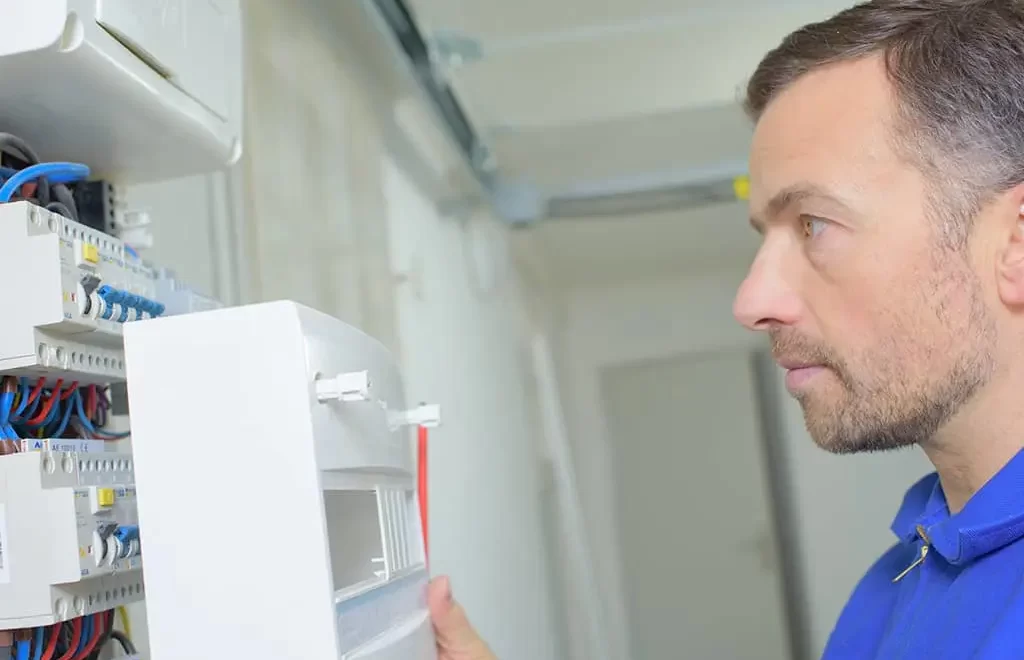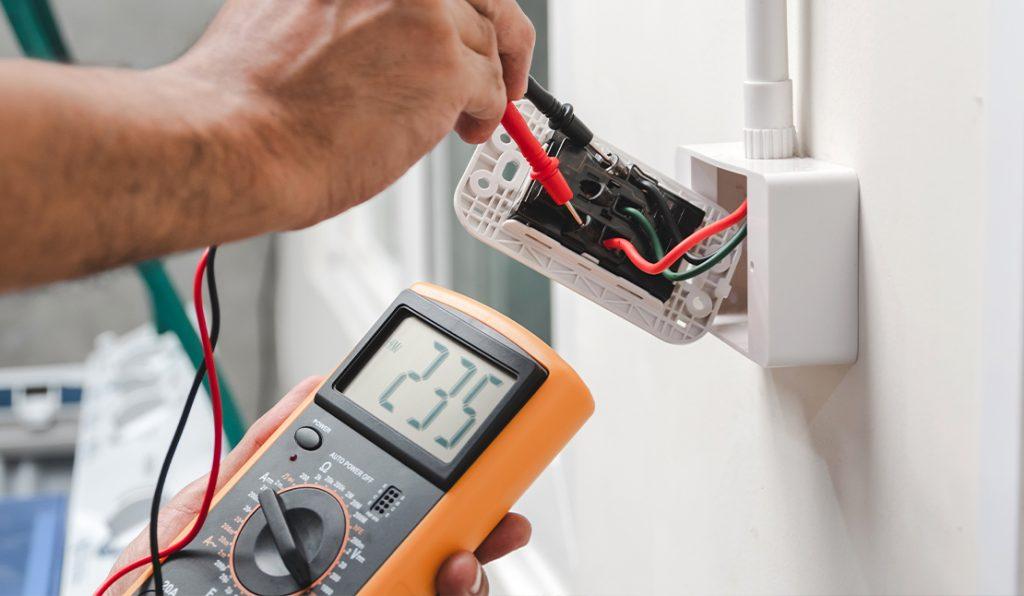
We use electricity more than we realise — whether it’s for cooking dinner, charging our phones or keeping the lights on. But even though we use it every day, most of us don’t think twice about what’s going on behind our walls. Like anything else in your home, your electrical system ages. Wires deteriorate, switches wear out and components can become unsafe if left unchecked.
That’s where electrical safety checks come in. These inspections are crucial in preventing serious hazards. But how often should you get one? And what should you expect from the process? Whether you’re a homeowner, landlord or buying a property, this guide has got you covered.
What Is an Electrical Safety Check?
An electrical safety check is a detailed inspection carried out by a licensed electrician. It’s not just a quick look — it involves checking key parts of your home’s electrical system, including:
- Your switchboard and circuit breakers
- Power points and light fittings
- The condition of your internal wiring
- RCDs (safety switches)
- Earthing systems
- Signs of overheating, wear or damage
The aim is to catch small faults before they become big issues. For example outdated wiring like rubber or cotton insulated cables, overloaded circuits or damaged outlets can all be serious risks.
And it’s not just best practice — it’s the law. As Electrician Near Me says “Any form of electrical work in Australia – minor repairs, major installations or a simple routine check – requires a Certificate of Electrical Safety.” This certificate confirms the work meets current Australian safety standards.
If the electrician finds any issues during the check, they’ll let you know what needs to be repaired or upgraded to get your system compliant and safe.
How Often Should You Get One Done?
For the Average Homeowner
If you live in a standard residential property, a general rule of thumb is to get an electrical safety check every 5 years. This is especially important if you haven’t had any electrical work done recently.
But if your house is over 25 years old — or you’ve never had the wiring checked — it’s best to do it sooner. Older homes often have legacy components that no longer meet modern safety standards.
If You’re Buying or Selling a Home
Buying a property? It’s a good idea to request an electrical inspection especially if the home is over 15 years old. Structural issues may be visible on a walk through — but electrical problems? They’re often hidden behind walls waiting to cause trouble later.
For sellers, having a current safety check will make your home more attractive and provide added peace of mind for potential buyers.
For Landlords and Rental Properties
In Victoria, landlords are required to get a professional electrical safety check every 2 years under the Residential Tenancies Regulations 2021. This includes testing the switchboard, sockets and lighting systems.
Elsewhere in Australia, similar rules aren’t always mandatory — but it’s best practice to follow the 2 year cycle. Landlords are responsible for ensuring properties are safe for tenants and ignoring electrical hazards can have serious consequences.
Why Do Electrical Safety Checks Matter?
1. Prevent House Fires
Electrical faults are one of the top causes of residential fires. In fact Fire and Rescue NSW reports that 40% of house fires are caused by electrical failures or appliances. Catching a problem early can mean the difference between a quick fix and a devastating fire.
2. Protect People in Your Home
Loose wiring, old fittings and faulty switches can cause electric shocks or burns. A working RCD (residual current device) can shut off power in a split second — but only if it’s tested and maintained properly.
3. Avoid Insurance Headaches
If you experience electrical damage and your insurer finds your system wasn’t properly maintained they may deny your claim. Keeping up with regular safety checks will show you’ve taken the necessary precautions.
4. Improve Energy Efficiency
Older systems draw more power than necessary. Upgrading components or balancing your circuits can mean a more efficient home and potentially lower power bills over time.
When Should You Book a Check Sooner?
Even if you’re within the recommended time frame there are some warning signs you shouldn’t ignore:
- Lights flickering or dimming unexpectedly* Safety switches or circuit breakers tripping frequently
- Outlets that feel hot or buzz when in use
- Discolouration or scorch marks around sockets
- A burning smell near power points
- An old fuse box rather than a modern circuit breaker panel
These are warning signs of serious problems that need attention. In these cases don’t wait — call a licensed electrician now.
What Happens During the Check?
The electrician will follow a checklist as they work through your home. They’ll visually inspect fixtures and fittings, test wiring and circuits and check if your system meets Australian safety standards.
After the check you’ll receive a written report that outlines:
- Any faults or safety concerns
- Whether your system complies with current standards
- Recommendations for maintenance or upgrades
For most standard homes the check takes between 1-2 hours. Larger homes or homes with complex systems may take longer.
How Much?
Prices vary depending on where you live and the size of your home but you can expect to pay around $200 to $400 for a professional check.
If the electrician finds issues they’ll provide a separate quote for the work.
Some landlord insurance policies or real estate agents include safety checks in their service packages — check your policy or ask your agent.
A Small Step That Makes a Big Difference
Electrical issues don’t always show themselves — and by the time they do the damage may already be done. Scheduling a safety check every few years is a simple and affordable way to protect your home and your family.
If it’s been more than 5 years since your last check or you’ve never had one — now’s the time to get it done. And if you’re a landlord or buying a property — don’t wait. It’s not just a good idea — it’s your responsibility.








